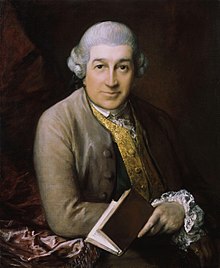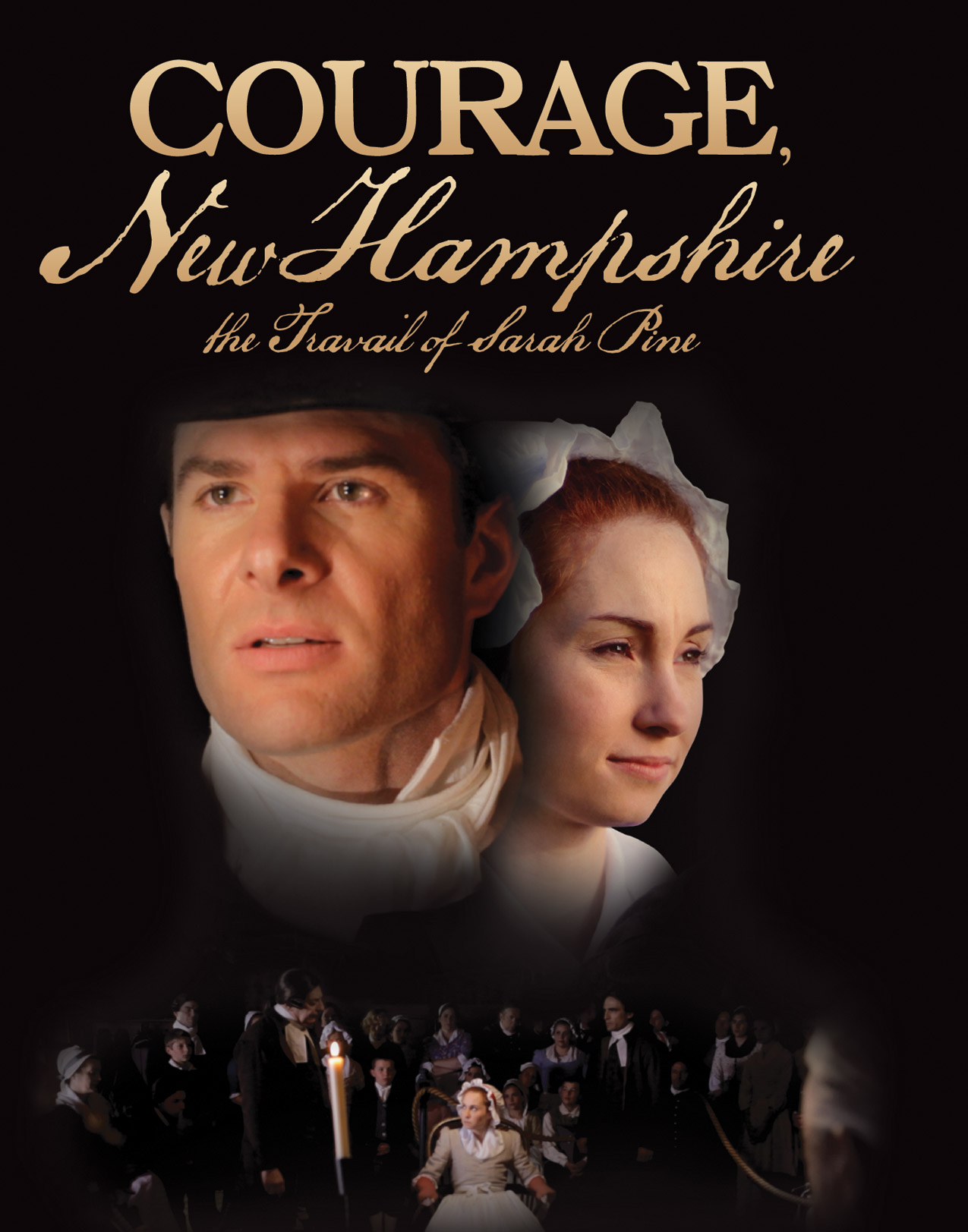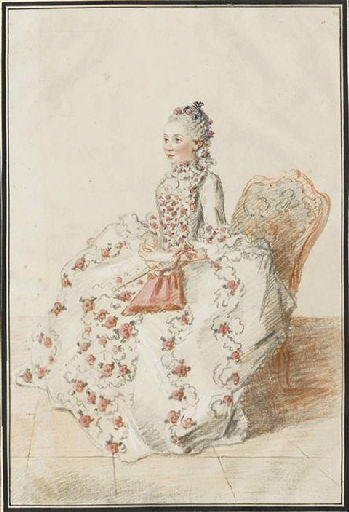For those in search of Georgiana today, take a step over to 18th Century History.com where I am lucky enough to have a guest post up where I gab about the long-lost Devonshire House.
Searching for Georgiana in London

Thursday, September 29, 2011
Wednesday, September 28, 2011
On Georgiana
"Her Grace of Devonshire is a most enchanting, Exquisite beautiful Young Creature. Were I five and twenty I could go mad about her, as I am past five and fifty I would only suffer martyrdom for her."-David Garrick to Henry Bate
Friday, September 23, 2011
Reynolds and Regalia
Who says you can't look good in the family uniform? It may be a lot of red and gold but Joshua Reynolds helped some peers pull it off. Which begs the question: Who wore it best?
*Not a Reynolds, I know, but I couldn't resist this portrait's inclusion
 |
| Lord and Lady Pollington and their son, John, 1761-4 |
 |
| Anne Fitzroy, Duchess of Grafton, 1757-9 |
 |
| Elizabeth Percy, Duchess of Northumberland, 1757-9 |
 |
| The Harcourt Family, 1780 |
 |
| James Maitland, 7th Earl of Lauderdale, 1759 |
 |
| William Pulteney, 1st Earl of Bath, 1761 |
 |
| Isabella Countess of Erroll, 1763 |
 |
| Jane, Duchess of Gordon, 1778 |
 |
| Thomas Lawrence, Philadelphia Hannah, 1st Viscountess Cremorne, 1789 |
Monday, September 19, 2011
Come to the Ball
It is truly interesting what fabulous treasures from the past are left behind. The British Museum houses many of these forgotten treasures that could have been so easily thrown away in their time.
When viewing the print above from the screen of a computer, it looks like it could have been any sort of print to be displayed in the home or business of a person willing to spend a few shillings. However this one is a bit more special. This print was actually a calling card of Harriet, Lady Bessborough. One the reverse is an invitation to a ball she was holding. Whoever she invited must have appreciated the gesture enough to save the invitation many years afterward!
When viewing the print above from the screen of a computer, it looks like it could have been any sort of print to be displayed in the home or business of a person willing to spend a few shillings. However this one is a bit more special. This print was actually a calling card of Harriet, Lady Bessborough. One the reverse is an invitation to a ball she was holding. Whoever she invited must have appreciated the gesture enough to save the invitation many years afterward!
Wednesday, September 14, 2011
The Grandma Hat
In the time of hair towers when bigger was better, the threat of grazing one's "head" with a lit candle was a very real danger. Not only could a budding flame at the top of a coiffure be unnoticed for some time, it could pose a real threat to not only to the wearer but to anyone in the same proximity of the flaming hair. The science of putting out house fires was still developing at the time, after all.
There was also perhaps the more dangerous of issues with having a towering coiffure: offending the old matriarchs who found offense in the fad of extreme hair. Luckily, an inventor by the name of Beaulard came to the rescue with a new contraption which he called a bonnet de la bonne maman (Grandma bonnet or Granny hat). The milliner/inventor had invented a pouf which had a hidden switch which could lower the hair tower in cases of fire hazards, offended matrons (hence the the name), and low doorways. I am sure it also made travel much easier as well.
Beaulard enjoyed much success from his invention and had the honor of serving clients such as the Princesse de Lambelle and Marie Antoinette. However when his success surpassed that of Rose Bertin, the Queen of France's personal dressmaker, the fashionista flew into a rage and spread rumors to bring about his downfall. Bertin's designs may have lost some popularity but her influence was still strong. Beaulard and his mechanical coiffure disappeared into obscurity.
There was also perhaps the more dangerous of issues with having a towering coiffure: offending the old matriarchs who found offense in the fad of extreme hair. Luckily, an inventor by the name of Beaulard came to the rescue with a new contraption which he called a bonnet de la bonne maman (Grandma bonnet or Granny hat). The milliner/inventor had invented a pouf which had a hidden switch which could lower the hair tower in cases of fire hazards, offended matrons (hence the the name), and low doorways. I am sure it also made travel much easier as well.
Beaulard enjoyed much success from his invention and had the honor of serving clients such as the Princesse de Lambelle and Marie Antoinette. However when his success surpassed that of Rose Bertin, the Queen of France's personal dressmaker, the fashionista flew into a rage and spread rumors to bring about his downfall. Bertin's designs may have lost some popularity but her influence was still strong. Beaulard and his mechanical coiffure disappeared into obscurity.
Friday, September 9, 2011
Into a New Salon
"How strange does it seem, my dearest Louisa, to address you at this distance! What is it that has supported me through this long journey, and given me strength to combat with all the softer feelings; to quit a respectable parent and a beloved sister; to leave such dear and tender relations, and accompany a man to whom four months since I was wholly a stranger! I am a wretched reasoner at best.—I am therefore at a loss to unravel this mystery. It is true, it became my duty to follow my husband; but that a duty so newly entered into should supersede all others is certainly strange."
-Julia to her sister, Letter 3, The Sylph by Georgiana
Although I am not following a husband, I am on quite an adventure and can understand Julia's apprehensions. I'm journeying afar this weekend to situate myself in a more eighteenth-century setting, so please excuse my absence and feel free to entertain me via twitter when I am stuck at the airport Friday night!
Interior Scenes
 |
| Arthur Devis, Mr and Mrs Atherton, c.1743 |
 |
| Arthur Davis, The John Bacon Family, c.1742-43 |
 |
| Johann Zoffany, Sir Lawrence Dundas and his Son, c. 1775 |
 |
| Johan Zoffany, Colonel Blair with his Family and an Indian Ayah, 1786 |
 |
| William Hogarth, The Cholmondely Family, 1732 |
 |
| Pehr Hillestrom, Gustavian Style Interior with Cardplayers, c. 1779 |
 |
| Pehr Hillestrom, Conversations at Drottningholms Palace, 1779 |
 |
| Niclas Lafrensen, Count Alexander Stroganov with his wife and Children , c. 1778 |
 |
| Arthur Devis, Sir Roger Newdigate in the Library at Arbury |
 |
| William Hogarth, The Strode Family, 1738 |
Wednesday, September 7, 2011
Movie Review: Courage, New Hampshire
It is a truth universally acknowledged that there aren't nearly enough series set in the 18th century. Well, maybe it isn't universally acknowledged, but it is certainly acknowledged by me! That is why I was pretty excited when I received a kind email from a producer from the Colony Bay Productions asking if I wanted to check out an independent historical film that they had made, Courage, New Hampshire.
Courage, New Hampshire is the chronicle of a small colonial town in the years leading up to the revolution beginning with the first episode, The Travail of Sarah Pine. As with most small towns, everyone knows each other, a secret is seldom a secret, and dashing redcoats moving through the town will certainly cause a stir. When one of those dashing redcoats finds himself in Courage he is greeted with an accusation of fathering a child out of wedlock.
The production company's goal in making Courage, New Hampshire was to create a historically accurate series that could engage its audience and give viewers a renewed interest in this great time in history. Uhoh, that's almost like an open invite for historians to nit-pick at it! I did find though, for the most part, the movie was very accurate despite some strange wording every once in a while. The story was not a sit-on-the-edge-of-your-seat sort of tale, but it was enough to make me curious about the next part of the series (not to mention blog production stills add to the curiosity!). What I really enjoyed the most about Courage, New Hampshire was the gorgeous filming. There were so many beautiful shots of notoriously beautiful New England and the sets and lighting also gave a lovely sense of the time period. The production was also very impressive given the independent nature of the company: high quality sets, costuming, music, and editing. However, you won't find me swooning over the acting which wasn't as impressive as I hoped. Still, I am curious as to where this series will take us as it continues.
So how does one check out this series? You can order the episode here or you have the very cool option of renting it from their site for $2.95.
Courage, New Hampshire is the chronicle of a small colonial town in the years leading up to the revolution beginning with the first episode, The Travail of Sarah Pine. As with most small towns, everyone knows each other, a secret is seldom a secret, and dashing redcoats moving through the town will certainly cause a stir. When one of those dashing redcoats finds himself in Courage he is greeted with an accusation of fathering a child out of wedlock.
The production company's goal in making Courage, New Hampshire was to create a historically accurate series that could engage its audience and give viewers a renewed interest in this great time in history. Uhoh, that's almost like an open invite for historians to nit-pick at it! I did find though, for the most part, the movie was very accurate despite some strange wording every once in a while. The story was not a sit-on-the-edge-of-your-seat sort of tale, but it was enough to make me curious about the next part of the series (not to mention blog production stills add to the curiosity!). What I really enjoyed the most about Courage, New Hampshire was the gorgeous filming. There were so many beautiful shots of notoriously beautiful New England and the sets and lighting also gave a lovely sense of the time period. The production was also very impressive given the independent nature of the company: high quality sets, costuming, music, and editing. However, you won't find me swooning over the acting which wasn't as impressive as I hoped. Still, I am curious as to where this series will take us as it continues.
So how does one check out this series? You can order the episode here or you have the very cool option of renting it from their site for $2.95.
Monday, September 5, 2011
Book Review: At Home, A Short History of Private Life
If you are still looking for that summer-read that has absolutely blown you away, look no further, it is Bill Bryson's At Home: A Short History of Private Life. How I came in contact with the book is somewhat interesting. My uncle placed it in my hands saying, "This is such a Heather book, you must read it." He was absolutely right. Once I began reading the book I couldn't put it down.
The author is an interesting character. He was born in the Midwest but fell in love with an English girl and now resides in England in an old rectory. It was that rectory that inspired the book. While climbing up into the attic, he noticed his home had a tiny balcony of sorts in the roof and while he stood on the space taking in the view he wondered why in the world the original owner put in such an odd thing which led to him wondering why we have many odd traditions in our human existence that are never written about. In his introduction, Bryson states that he is covering English history since 1850, but I would chose to disagree since he covers history from the Stoneage to the Guilded Age.
Why do we call it "room and board," why do Americans have more love for ice in their drinks than the English, and why should we be most thankful for bats. These questions are answered and fun facts are on every page. Bryson's writing is funny and engaging so you don't feel as though you're in the classroom, you feel as if a pub-buddy is telling you a funny story over pints...and you don't want him to stop!
As an anglophile living in America I found Bryson's perspective very relatable. He is obviously as energetic about English history as everyone who journeys to this blog but he also enjoys the history of England and America's relationship with one another; so readers will get a large dose of English history with a a nice pinch of American. I can't recommend this book enough for all lovers of history and trivia, I believe the book's appeal is that it speaks to so many people in a way that is both educating and enjoyable.
The author is an interesting character. He was born in the Midwest but fell in love with an English girl and now resides in England in an old rectory. It was that rectory that inspired the book. While climbing up into the attic, he noticed his home had a tiny balcony of sorts in the roof and while he stood on the space taking in the view he wondered why in the world the original owner put in such an odd thing which led to him wondering why we have many odd traditions in our human existence that are never written about. In his introduction, Bryson states that he is covering English history since 1850, but I would chose to disagree since he covers history from the Stoneage to the Guilded Age.
Why do we call it "room and board," why do Americans have more love for ice in their drinks than the English, and why should we be most thankful for bats. These questions are answered and fun facts are on every page. Bryson's writing is funny and engaging so you don't feel as though you're in the classroom, you feel as if a pub-buddy is telling you a funny story over pints...and you don't want him to stop!
As an anglophile living in America I found Bryson's perspective very relatable. He is obviously as energetic about English history as everyone who journeys to this blog but he also enjoys the history of England and America's relationship with one another; so readers will get a large dose of English history with a a nice pinch of American. I can't recommend this book enough for all lovers of history and trivia, I believe the book's appeal is that it speaks to so many people in a way that is both educating and enjoyable.
Sunday, September 4, 2011
Yay or Nay? Madame la Vidame d'Amiens
Well Lady Susan Fox-Stangways certainly had us scratching our heads in wonderment on how her dress managed to crawl up her neck and attack her, but we still dug her threads, earning her a Yay. This week we shall check out another classic cut that is drawn in an elusive way, leaving much to the imagination. How mysterious!
Louis Carrogis Carmontelle draws Madame la Vidame d'Amiens who has a rather advanced knowledge of exterior pockets (aka purses) in her rosie gown of white. Yay or Nay?
Louis Carrogis Carmontelle draws Madame la Vidame d'Amiens who has a rather advanced knowledge of exterior pockets (aka purses) in her rosie gown of white. Yay or Nay?
[Musée Condé]
Friday, September 2, 2011
Elegance & Decadence & A Fat Regent
 The BBC keeps serving up so many good historical programs lately it is making me give The History Channel a very intentional side-eye for their lack new material that doesn't have something to do with pawning or whathaveyou. Take for example Elegance & Decadence, a small series Lucy Worsley put together to explore the regency era. Sound awesome? Why of course it is! Evangeline from Edwardian Promenade was kind enough to put the first episode up here so you can watch it in its entirety. It mostly explores our good friend the Prince of Wales and even goes on to mention a bit about his girth which we were just gossiping about. How timely!
The BBC keeps serving up so many good historical programs lately it is making me give The History Channel a very intentional side-eye for their lack new material that doesn't have something to do with pawning or whathaveyou. Take for example Elegance & Decadence, a small series Lucy Worsley put together to explore the regency era. Sound awesome? Why of course it is! Evangeline from Edwardian Promenade was kind enough to put the first episode up here so you can watch it in its entirety. It mostly explores our good friend the Prince of Wales and even goes on to mention a bit about his girth which we were just gossiping about. How timely!Those lucky enough to have a TV in the UK can watch the next segment of the series this coming Monday.
Subscribe to:
Comments (Atom)







